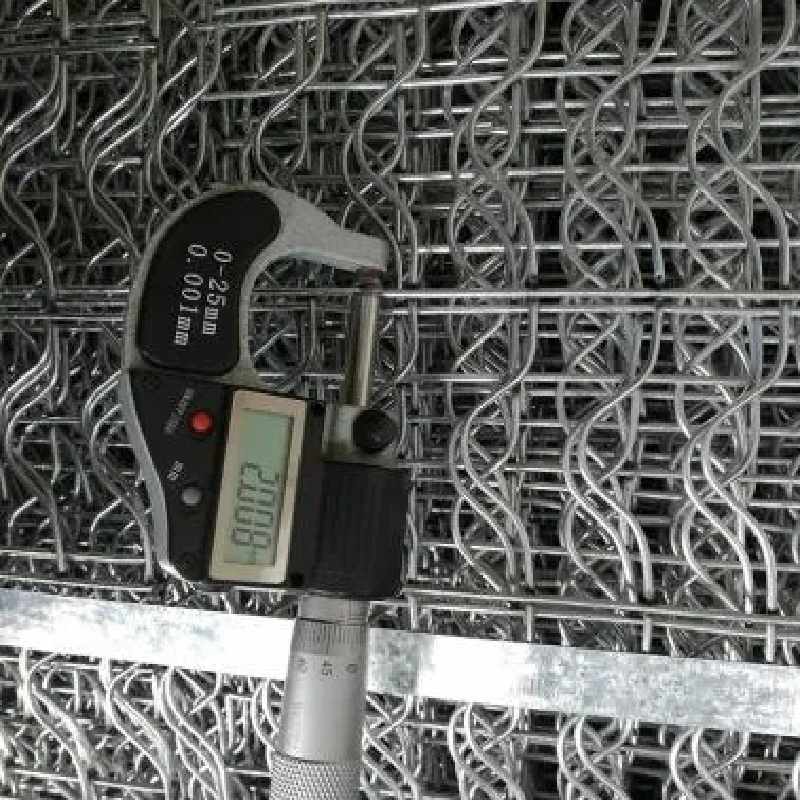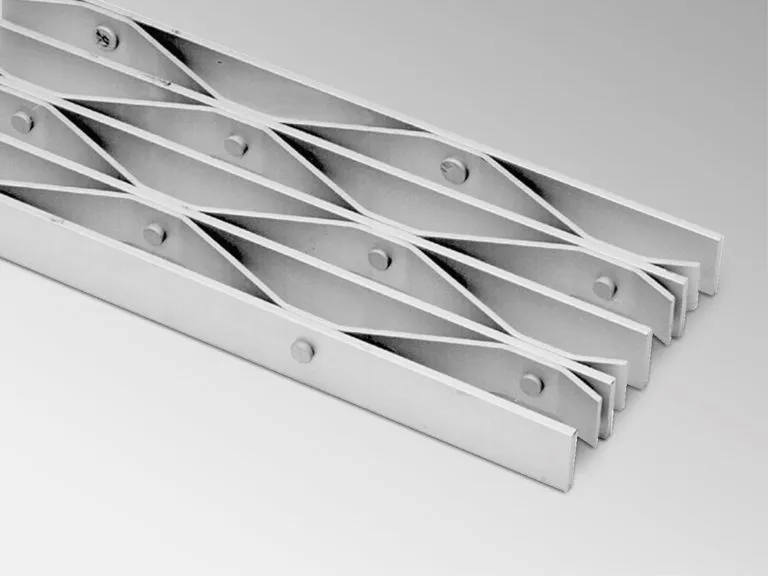- Industrial zone, South of Anping Town, Hengshui, Hebei, China.
- sales@hfpetromesh.com
- +86-18931809706
 Afrikaans
Afrikaans  Albanian
Albanian  Amharic
Amharic  Arabic
Arabic  Armenian
Armenian  Azerbaijani
Azerbaijani  Basque
Basque  Belarusian
Belarusian  Bengali
Bengali  Bosnian
Bosnian  Bulgarian
Bulgarian  Catalan
Catalan  Cebuano
Cebuano  Corsican
Corsican  Croatian
Croatian  Czech
Czech  Danish
Danish  Dutch
Dutch  English
English  Esperanto
Esperanto  Estonian
Estonian  Finnish
Finnish  French
French  Frisian
Frisian  Galician
Galician  Georgian
Georgian  German
German  Greek
Greek  Gujarati
Gujarati  Haitian Creole
Haitian Creole  hausa
hausa  hawaiian
hawaiian  Hebrew
Hebrew  Hindi
Hindi  Miao
Miao  Hungarian
Hungarian  Icelandic
Icelandic  igbo
igbo  Indonesian
Indonesian  irish
irish  Italian
Italian  Japanese
Japanese  Javanese
Javanese  Kannada
Kannada  kazakh
kazakh  Khmer
Khmer  Rwandese
Rwandese  Korean
Korean  Kurdish
Kurdish  Kyrgyz
Kyrgyz  Lao
Lao  Latin
Latin  Latvian
Latvian  Lithuanian
Lithuanian  Luxembourgish
Luxembourgish  Macedonian
Macedonian  Malgashi
Malgashi  Malay
Malay  Malayalam
Malayalam  Maltese
Maltese  Maori
Maori  Marathi
Marathi  Mongolian
Mongolian  Myanmar
Myanmar  Nepali
Nepali  Norwegian
Norwegian  Norwegian
Norwegian  Occitan
Occitan  Pashto
Pashto  Persian
Persian  Polish
Polish  Portuguese
Portuguese  Punjabi
Punjabi  Romanian
Romanian  Russian
Russian  Samoan
Samoan  Scottish Gaelic
Scottish Gaelic  Serbian
Serbian  Sesotho
Sesotho  Shona
Shona  Sindhi
Sindhi  Sinhala
Sinhala  Slovak
Slovak  Slovenian
Slovenian  Somali
Somali  Spanish
Spanish  Sundanese
Sundanese  Swahili
Swahili  Swedish
Swedish  Tagalog
Tagalog  Tajik
Tajik  Tamil
Tamil  Tatar
Tatar  Telugu
Telugu  Thai
Thai  Turkish
Turkish  Turkmen
Turkmen  Ukrainian
Ukrainian  Urdu
Urdu  Uighur
Uighur  Uzbek
Uzbek  Vietnamese
Vietnamese  Welsh
Welsh  Bantu
Bantu  Yiddish
Yiddish  Yoruba
Yoruba  Zulu
Zulu
- Afrikaans
- Albanian
- Amharic
- Arabic
- Armenian
- Azerbaijani
- Basque
- Belarusian
- Bengali
- Bosnian
- Bulgarian
- Catalan
- Cebuano
- Corsican
- Croatian
- Czech
- Danish
- Dutch
- English
- Esperanto
- Estonian
- Finnish
- French
- Frisian
- Galician
- Georgian
- German
- Greek
- Gujarati
- Haitian Creole
- hausa
- hawaiian
- Hebrew
- Hindi
- Miao
- Hungarian
- Icelandic
- igbo
- Indonesian
- irish
- Italian
- Japanese
- Javanese
- Kannada
- kazakh
- Khmer
- Rwandese
- Korean
- Kurdish
- Kyrgyz
- Lao
- Latin
- Latvian
- Lithuanian
- Luxembourgish
- Macedonian
- Malgashi
- Malay
- Malayalam
- Maltese
- Maori
- Marathi
- Mongolian
- Myanmar
- Nepali
- Norwegian
- Norwegian
- Occitan
- Pashto
- Persian
- Polish
- Portuguese
- Punjabi
- Romanian
- Russian
- Samoan
- Scottish Gaelic
- Serbian
- Sesotho
- Shona
- Sindhi
- Sinhala
- Slovak
- Slovenian
- Somali
- Spanish
- Sundanese
- Swahili
- Swedish
- Tagalog
- Tajik
- Tamil
- Tatar
- Telugu
- Thai
- Turkish
- Turkmen
- Ukrainian
- Urdu
- Uighur
- Uzbek
- Vietnamese
- Welsh
- Bantu
- Yiddish
- Yoruba
- Zulu
Feb . 20, 2025 01:20
Back to list
walkway grates
The integration of walkway grates into both residential and commercial spaces has become a significant consideration for architects and designers aiming for functionality without compromising aesthetic appeal. Walkway grates, often underestimated, play a crucial role in effective water drainage, safety, and even contribute to the environmental sustainability of a project.
Authoritative voices in the field of civil engineering emphasize the cost-efficiency of installing walkway grates early in the design phase. Retrofitting drainage solutions can be significantly more expensive and disruptive. Therefore, incorporating walkway grates at the initial stages of construction saves future expenses and potential liability issues stemming from water damage or accidents. This proactive approach to infrastructure development demonstrates foresight and responsible site management, further establishing trust with all stakeholders involved in a project. The trustworthiness of a grate provider can often be gauged through their adherence to industry standards and their track record in successful implementations. Engaging with suppliers who have a history of providing durable and compliant products ensures that projects can withstand both everyday use and environmental challenges. Product warranties, customer reviews, and case studies are instrumental tools for verifying the credibility and reliability of these products. Ultimately, the integration of walkway grates is not merely a functional necessity but a strategic choice that enhances the usability and safety of public and private spaces. Their contribution to drainage, safety, and design underscore the need for careful selection and implementation, making them indispensable to any sound architectural project. As such, choosing the right walkway grate can be both an art and a science, requiring an understanding that balances technical specifications with aesthetic aspirations.


Authoritative voices in the field of civil engineering emphasize the cost-efficiency of installing walkway grates early in the design phase. Retrofitting drainage solutions can be significantly more expensive and disruptive. Therefore, incorporating walkway grates at the initial stages of construction saves future expenses and potential liability issues stemming from water damage or accidents. This proactive approach to infrastructure development demonstrates foresight and responsible site management, further establishing trust with all stakeholders involved in a project. The trustworthiness of a grate provider can often be gauged through their adherence to industry standards and their track record in successful implementations. Engaging with suppliers who have a history of providing durable and compliant products ensures that projects can withstand both everyday use and environmental challenges. Product warranties, customer reviews, and case studies are instrumental tools for verifying the credibility and reliability of these products. Ultimately, the integration of walkway grates is not merely a functional necessity but a strategic choice that enhances the usability and safety of public and private spaces. Their contribution to drainage, safety, and design underscore the need for careful selection and implementation, making them indispensable to any sound architectural project. As such, choosing the right walkway grate can be both an art and a science, requiring an understanding that balances technical specifications with aesthetic aspirations.
Share
Prev:
Latest news
-
Why Our Shaker Screen for Sale Stands Out in Every ApplicationNewsAug.08,2025
-
Unmatched Efficiency with Premium Shale Shaker Screen TechnologyNewsAug.08,2025
-
Reliable, Durable, and Cost-Effective: Press Locked Steel Grating SolutionsNewsAug.08,2025
-
Precision Strength with Welded Steel Bar GratingNewsAug.08,2025
-
Perimeter Safety Netting: The High-Strength Shield for Elevated Safety SolutionsNewsAug.08,2025
-
Maximize Performance with Steel Walkway GratingNewsAug.08,2025